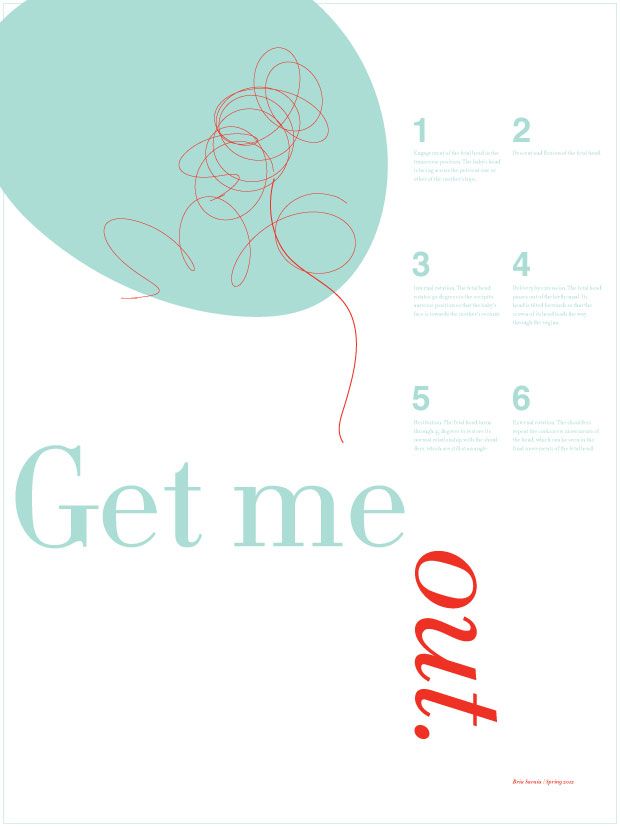How colonial social media gave us the Star-Spangled Banner.

An amazing rendition of the Star-Spangled Banner by seven-year old (!!) Rhema Marvanne.
Equally amazing rendition by Jordan Shelton, winner of the Smithsonian’s National Anthem Singing Contest.
Let’s be honest: before moving to the mid-Atlantic, my knowledge of early American history was hazy at best. History was my least favorite subject in school and remained unappreciated until I was older and started to travel. Now, I love it. Nothing brings history alive like being on the scene of the past. As a technologist forming the future of things, I owe it to my work to be a historian referencing the past of things. What happened then informs what happens tomorrow.
Living in Baltimore and DC has expanded my “what happened then” references immensely, especially regarding watershed events in American history like the Civil War and the Civil Rights movement. To me, East Coast cities feel inherently more European than West Coast ones; monuments, statues, fountains, squares, boulevards, plaques, and resting places abound. I’ve learned so much just by stopping to read historical plaques as I walk through these beautiful old cities. I’ve also learned a lot by listening to WYPR, Baltimore’s NPR news station. Most recently, their coverage of the War of 1812.
This summer marks the 200th annniversary of the War of 1812, during which Francis Scott Key penned the Star-Spangled Banner while being held hostage by the British at Fort McHenry in Baltimore. Well before the advent of social media, this interview on Maryland Morning explaining how the Star Spangled Banner went viral is fascinating:
Sheads The tune went straight to the top of the charts.
Duchamp But, wait, what charts? There wasn’t anything like Kasey Kasem’s American Top 40. Without radio or You Tube, how could the entire nation learn a song in just a couple months?
David Hildebrand The first broadside, which is a single sheet of paper with words only on it that was circulated through Baltimore, it says specifically, ‘tune, Anacreon in Heaven.’ It names the tune you’re supposed to sing it to.
Duchamp Colonial music expert David Hildebrand says Key set his lyrics to a melody that already existed, and was already popular. Because of that,
Hildebrand People knew this tune so well that if someone handed you, as happened at Fort McHenry when they showed up with the first boxes of broadsides, handed it to the defenders who were still there, they could look at it and go ‘oh Anacreon in Heaven’ and they’d just start singing. You could sing straight from the words because you knew the tune.
Duchamp Hildebrand says the melody for Anacreon of Heaven was created by British composer John Stafford Smith around 1770 for a London gentleman’s club. The group met every couple weeks to sing and toast the Greek poet Anacreon.
Hildebrand They wanted everyone to know how clever they were
Duchamp Hildebrand says more than 100 subsequent songs set to the melody. That includes the one that was probably top-of-mind with Francis Scott Key when he penned his lyrics. It’s called “Adams in Liberty,” written in 1798. It’s a campaign song for incumbent presidential candidate John Adams.
Hildebrand Re-using melodies was and remains to some extent today a fun practice but most importantly it’s a very efficient way to get new words out without having to print new music that someone would have to learn.
Via letterpress, British pubs, and recycled colonial pop music, that’s how.